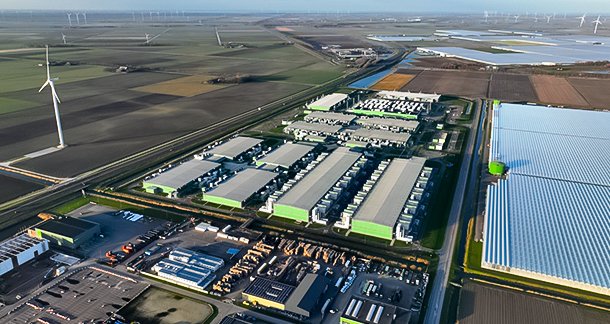Why Lay Up Cooling Systems in Fall and Winter?
Cooling towers are a critical part of many large-scale comfort cooling systems for commercial buildings or district cooling centers. During the summer heat, they reach peak operation as they strive to cool down the water that picks up heat while circulating through facilities. When temperatures dip in the fall, these cooling towers become less and less critical until they are no longer needed and are often drained before freezing winter temperatures set in.
Chillers for industrial cooling purposes can also be in higher demand during the summer. For example, data centers that inherently heat up from server activity need additional chillers online to keep systems cool during high summer temperatures. When fall and winter roll around, there is less need to cool things down; some of the chillers can be drained and shut down for seasonal layup until the following spring.
Why Is Corrosion Protection Needed During Seasonal Layup?
An idle system is more vulnerable to corrosion than an active one. During layup, the normal water treatment chemistry is no longer actively flowing through the system to prevent corrosion. Furthermore, residual water in the system or condensation from fluctuating temperatures can create an opportunity for corrosion to initiate and fester. While the status quo for cooling system layup is often simply shutting down the system and hoping for the best, taking a proactive approach to corrosion protection is the optimal way to maintain asset integrity and promote a longer service life.
Is It Better to Ask the “Frog” or “Gator” for Help?
The actual treatment strategy will depend on whether the system is closed or open and whether the layup is wet or dry. In the case of closed loop systems (such as chillers) that are drained and shut down, Cortec’s Cooling Tower Frog® presents a convenient and effective option in the form of Vapor phase Corrosion Inhibitors packaged in a water-soluble pouch. When slit open and placed inside the chiller water box after draining, these pouches effuse corrosion inhibiting vapors that form a protective molecular layer on metal surfaces. All chiller openings should be closed to trap these protective vapors inside the system. When the chiller is refilled at the end of layup, the water-soluble pouch will dissolve in the water, making startup incredibly simple and avoiding the corrosion complications of an inadequate layup.
Those with open loop systems will gravitate toward the Cooling Loop Gator®, a water-soluble bag of corrosion inhibitors that can be directly added to the water and circulated for 12-24 hours to build up a good protective film on the metal surfaces. The water can be completely drained or left in the tower as needed, leaving behind a good supply of contact and Vapor phase Corrosion Inhibitors to protect cooling tower internals.



